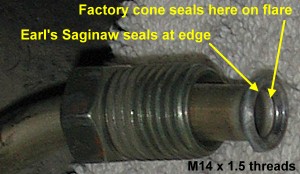
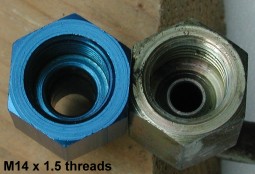
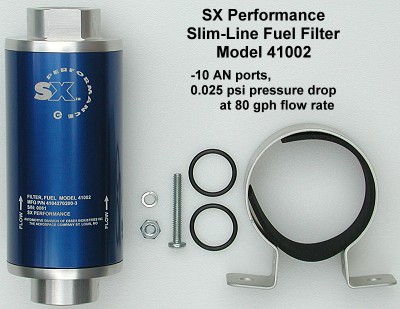 These instructions show how to remove the factory fuel filter and replace it with the SX Performance Slim-Line Fuel Filter (Model 41002). By changing the adapters that thread into the filter's ports, other in-line filters can be used, such as Earl's In-Line Fuel Filter, which uses -6 AN or -8 AN fittings. When deciding on the filter's port size, remember that the factory fuel rails have an inside diameter that varies between 5/16" and 3/8" (-6 to -7 AN) and that the high-pressure fuel line from the tank to the filter is equivalent to -5 AN or -6 AN.
These instructions show how to remove the factory fuel filter and replace it with the SX Performance Slim-Line Fuel Filter (Model 41002). By changing the adapters that thread into the filter's ports, other in-line filters can be used, such as Earl's In-Line Fuel Filter, which uses -6 AN or -8 AN fittings. When deciding on the filter's port size, remember that the factory fuel rails have an inside diameter that varies between 5/16" and 3/8" (-6 to -7 AN) and that the high-pressure fuel line from the tank to the filter is equivalent to -5 AN or -6 AN.


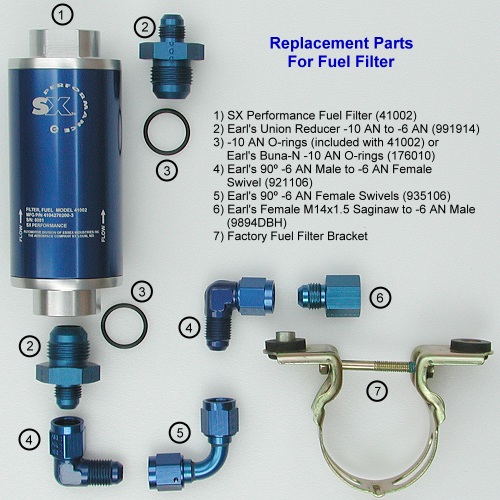
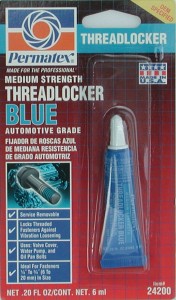
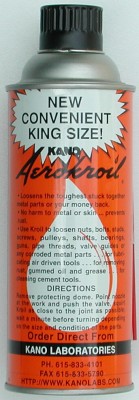
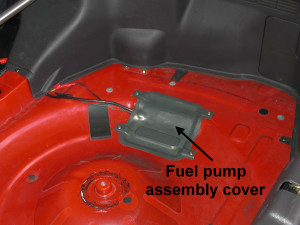
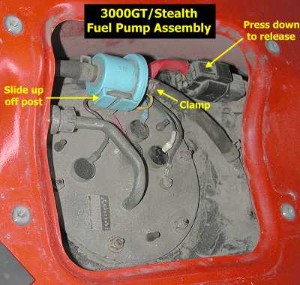
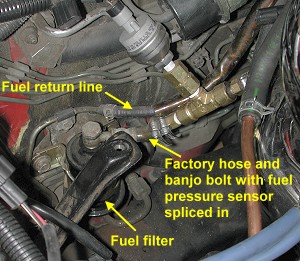
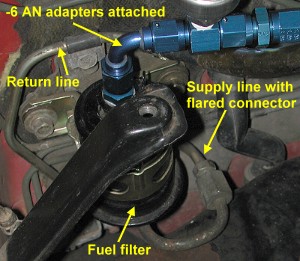
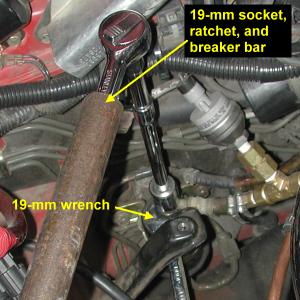
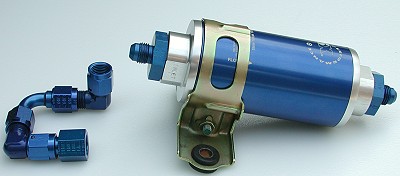
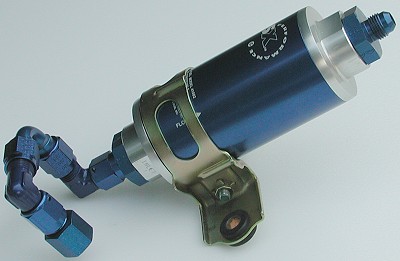
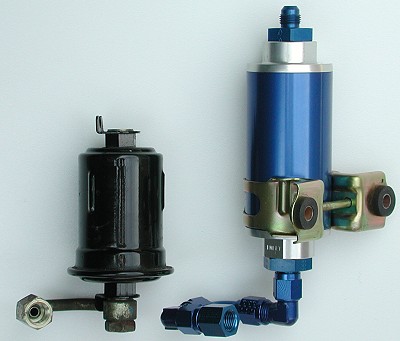
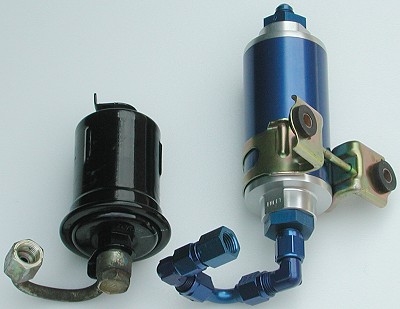
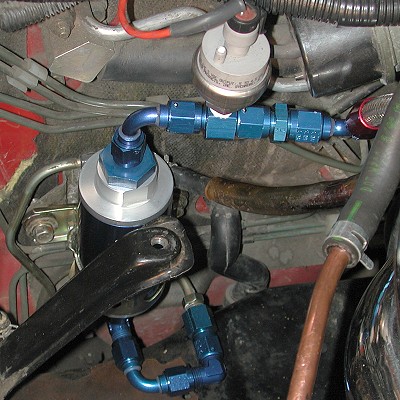
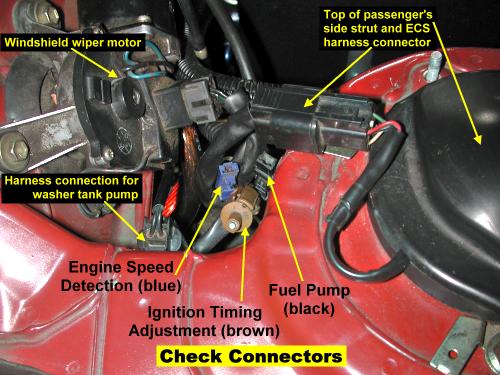
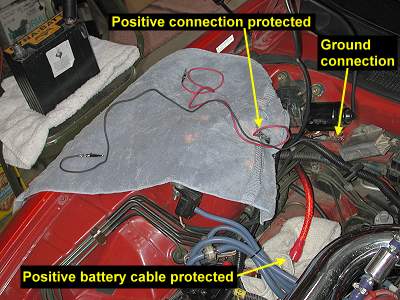
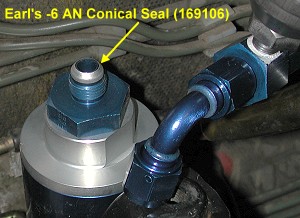
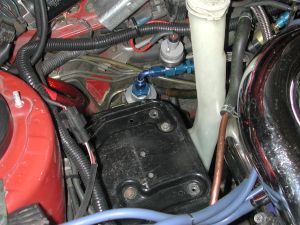
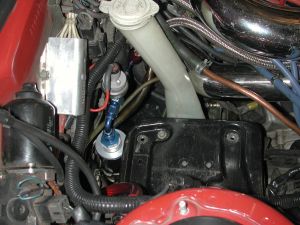
| Back | Home | Forward |